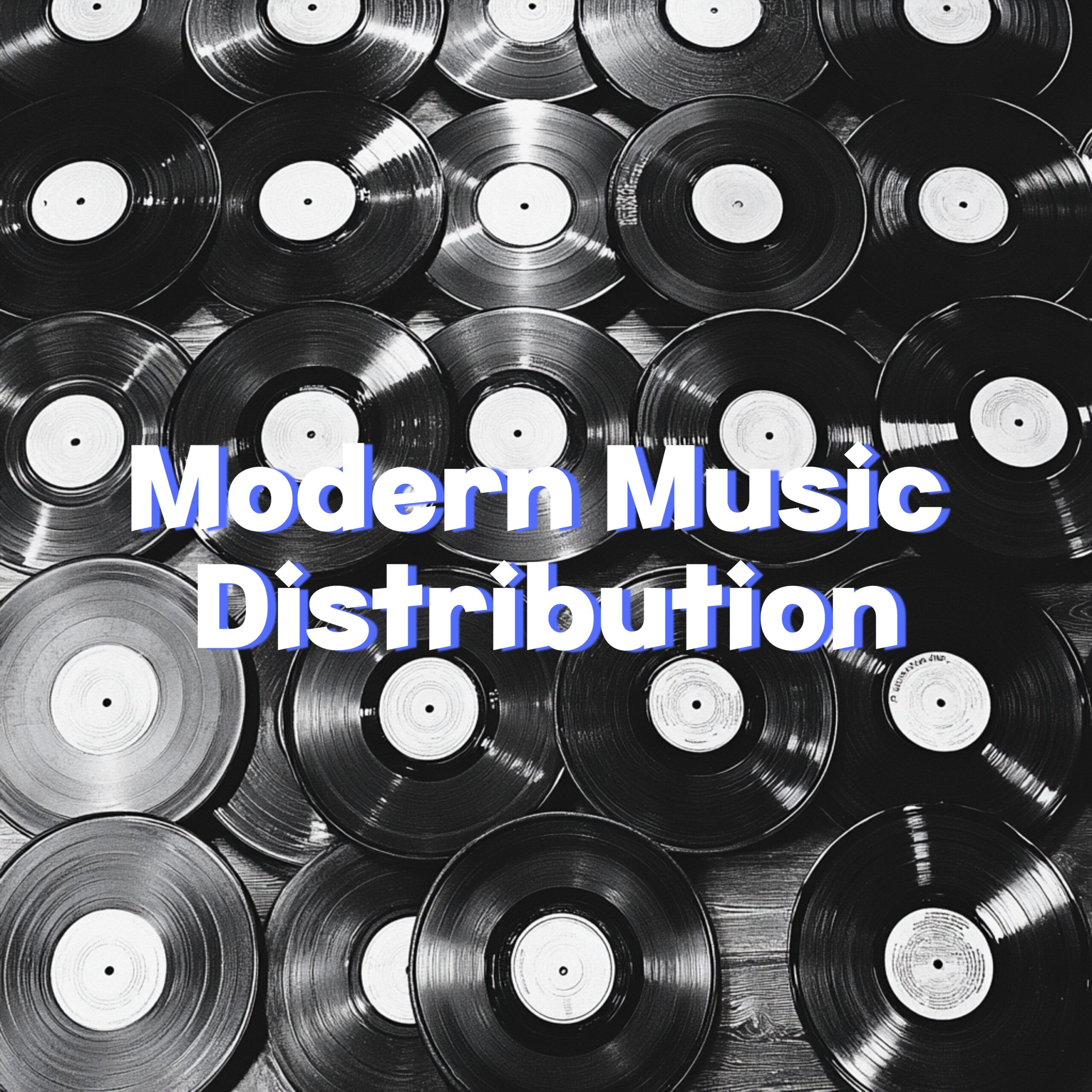In the ever-evolving music industry, artists and producers have multiple options for distributing their work. This variety provides a range of opportunities but also requires careful consideration of the strengths and weaknesses of each method. Below, I detail several popular music distribution options available today, evaluating their respective advantages and disadvantages.
1. Digital Distribution Platforms
Digital distribution platforms like DistroKid, TuneCore, and CD Baby allow artists to upload their music and distribute it to major streaming platforms such as Spotify, Apple Music, Amazon Music, and many others.
Strengths:
- Wide Reach: These platforms distribute music globally, making songs available to international audiences almost instantly.
- Monetization: Artists can earn royalties from streams and downloads.
- User-Friendly: Generally, these platforms are easy to navigate, even for those with little technical expertise.
Weaknesses:
- Costs: Most platforms charge either an upfront fee (TuneCore) or a yearly subscription (DistroKid). These costs can add up, especially for artists with many tracks to release.
- No Creative Control Over Distribution: Artists have little say in how platforms present and promote their music.
2. Self-Distribution
Self-distribution involves artists using their own resources to distribute their music, such as selling or streaming directly from their websites or utilizing platforms like Bandcamp.
Strengths:
- Control: Artists maintain complete control over their music, including pricing and how it’s presented.
- Higher Profit Margins: Without middlemen, artists can keep a larger portion of their revenues.
Weaknesses:
- Limited Reach: Self-distribution might not reach as wide an audience as more established platforms.
- Marketing Responsibility: Artists are entirely responsible for their own marketing and audience engagement.
3. Social Media and Content Platforms
Platforms like YouTube, SoundCloud, and TikTok offer ways for artists to share their music directly with fans. These platforms are particularly powerful for marketing and engagement.
Strengths:
- Engagement: They provide a direct line to fans, allowing for immediate feedback and interaction.
- Viral Potential: Platforms like TikTok can catapult a song to viral status quickly.
- Cost-Effective: Posting on these platforms is free, although monetizing content directly through them can vary.
Weaknesses:
- Monetization Issues: While they’re great for exposure, turning views and likes into revenue can be challenging without proper strategy.
- Content Saturation: High levels of competition can make it difficult for new artists to get noticed.
4. Traditional Record Labels
Signing with a record label—from major companies like Sony, Warner, and Universal to smaller indie labels—remains a viable option for some artists.
Strengths:
- Full-Scale Support: Labels provide comprehensive services, including marketing, distribution, and often financial support for recording and touring.
- Increased Visibility: Being associated with a label can lend credibility and more substantial industry presence.
Weaknesses:
- Loss of Rights: Artists often give up some rights to their music, depending on the contract.
- Profit Sharing: Artists must share revenues with their label, which can significantly reduce earnings.
5. Aggregator Services
Aggregators serve as intermediaries between artists and streaming platforms, but they often offer additional services, like publishing administration to collect royalties worldwide.
Strengths:
- Simplicity: Aggregators handle the complexities of distributing music across multiple platforms.
- Additional Services: Many provide licensing, royalty collection, and promotional services.
Weaknesses:
- Costs: They may charge fees or take a percentage of earnings.
- Impersonal: Lack of direct contact with distributors can be frustrating for some artists.
In Sum
Choosing the right distribution method involves balancing the desire for broad reach, control over one’s music, and the ability to effectively monetize that music. Each method has its trade-offs, and the best choice depends on an artist’s specific needs, career stage, and resources. Whether opting for the expansive reach of digital platforms, the control of self-distribution, the engagement of social media, the support of traditional labels, or the convenience of aggregators, artists must weigh these options carefully to achieve their distribution goals.

